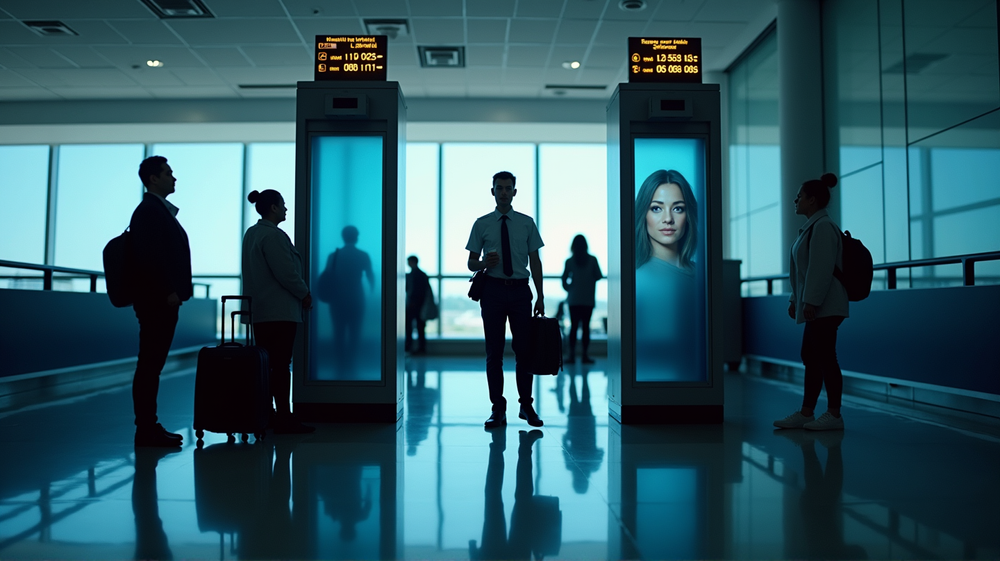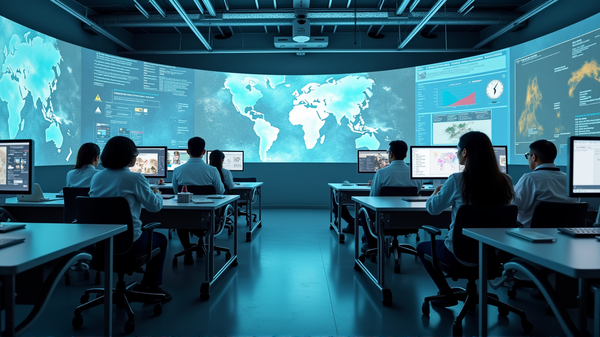TSA's Facial Recognition: A Balancing Act Between Security and Privacy
As the Transport Security Administration (TSA) continues to roll out its new facial recognition technology at airports across the USA, travelers and privacy experts are raising important questions. According to The Mirror US, the technology uses real-time photos to confirm passengers’ identities, sparking both curiosity and concern.
The Benefits and Concerns of Facial Recognition
Facial recognition technology aims to streamline security and enhance the safety of air travel. But Travis LeBlanc, a lawyer and privacy expert, warns that it presents notable privacy concerns. He emphasizes the importance of understanding that travelers are not obligated to submit their images: “You don’t have to submit your picture to the government for the scan and storage under their rules.”
What Happens to Your Data?
Jennifer King, another privacy expert, expresses concerns about how the TSA handles this data. While TSA assures travelers that their images are not stored, except in limited environments for evaluation, the specifics remain under wraps, raising eyebrows among privacy advocates. “The dream of enforcement agencies would be real-time tracking,” King remarks, highlighting a “little vague” stance from the TSA on the ultimate use of this data.
Opt-Out: Your Right to Privacy
Not comfortable with facial recognition? Travelers have the option to decline this screening method. This right to opt-out empowers individuals who prioritize their privacy on their journeys. It’s a simple choice that ensures no photos are taken without consent, underlining TSA’s pledge that opting out remains hassle-free.
Navigating Security Checkpoints Safely
Seasoned travelers like Megan from the “Portable Professional” YouTube channel share insightful tips about potential risks at the TSA checkpoints. As travelers navigate the hustle of removing shoes and emptying pockets, thieves have been known to exploit these busy moments. Megan points out that teamwork and distraction are common tactics used by criminals to snatch valuables. “It’s ironic how the riskiest spots are where security is present,” she notes.
Closing Thoughts: Vigilance and Awareness
As technology evolves, so do strategies for ensuring safety and privacy. While TSA’s technology seeks to revolutionize airport security, travelers can make informed decisions, striking a balance between convenience and control over personal data. By staying aware and opting out when necessary, travelers can protect both their belongings and their privacy.
Whether through opting out of facial recognition or staying vigilant at security lines, every traveler can play a part in safeguarding their own journey. The unfolding of TSA’s innovative approaches will be watched closely by experts and travelers alike, as the conversation around privacy and security continues.




